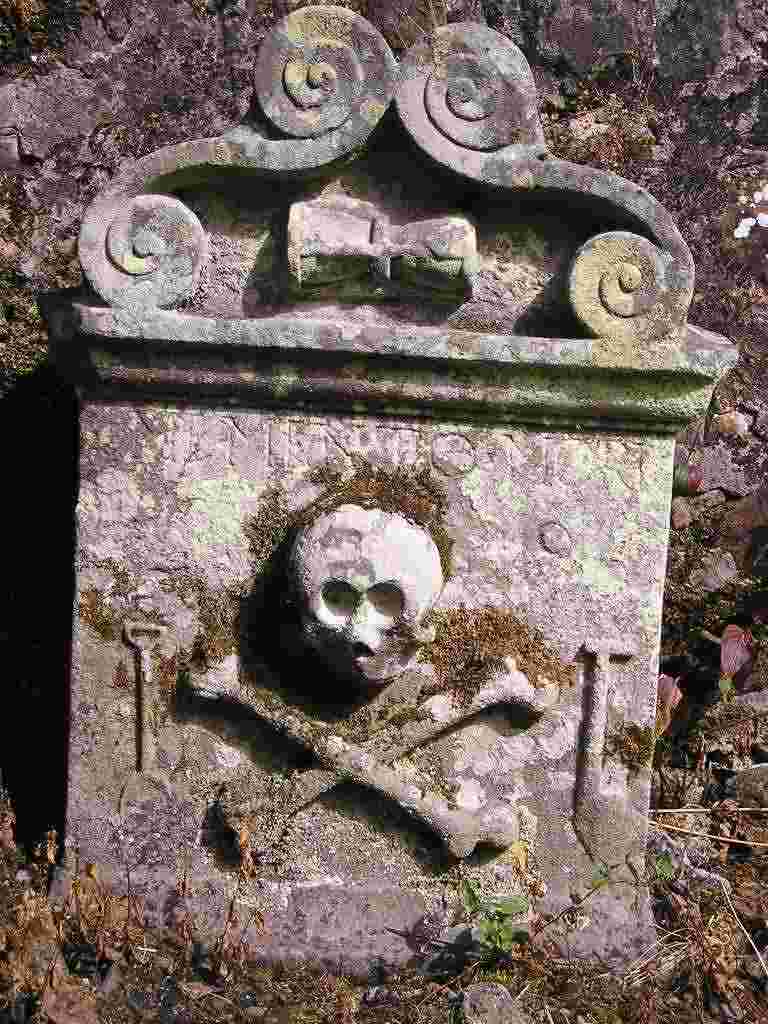
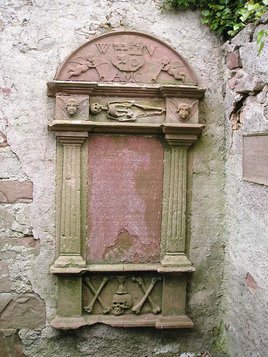
Templar History
There are a number of sensational books which claim that the skull and cross bones appeared on grave stones and that it indicated the person was a master mason long before the Craft was public knowledge.
In fact such stones are very common, especially on the east coast of Scotland where hardly a graveyard with tombs from 1600-1750 will not have such stones.


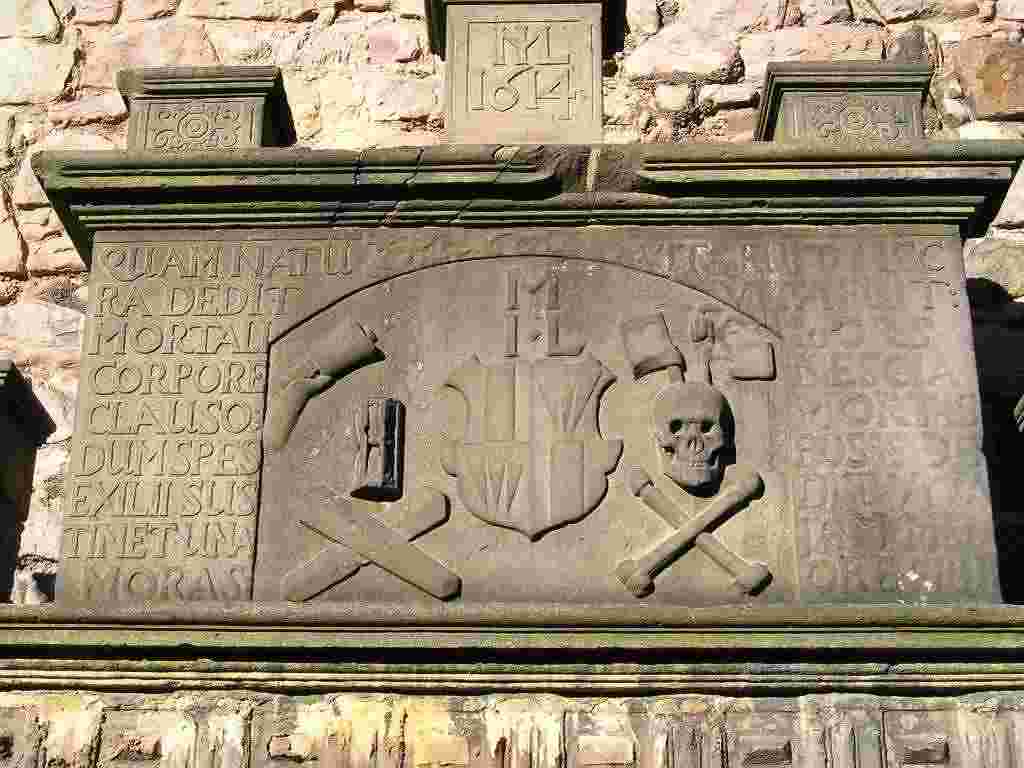
Some such stones are clearly from before the time when Masonry came into the public glare in the early 1700s.
Does it indicate the person was a Master mason, or something much more ordinary? When I sent out on this study, I was of the opinion that it was the former, but now I consider that latter is much more likely.
Why do I think this way? For one, why is there such a proliferation of such stones? In those days, few people obtained the sublime degree of Master Mason, the majority of the craft were Entered Apprentices or Fellow Crafts, Elias Ashmole for example was only a fellow craft at his time of writing from 1646 to 1692.
The earliest record of the rank of Master Mason being conferred in Scotland was in Dumbarton 'Kilwinning' Lodge no 18 in its minutes of 29 January 1726
The Grand Lodge of England was founded in 1717 and the Grand Lodge of Scotland in 1726, though masonry is much older in both countries.
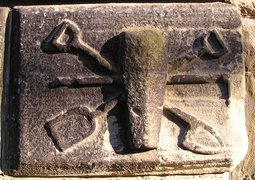
Many of the stones show these tools along with the skull and cross bones, simply sextants tools, symbols of death.

Are we simply looking for Masonic symbols and seeing them when they are really simply something more mundane as for example here at Killmartin?
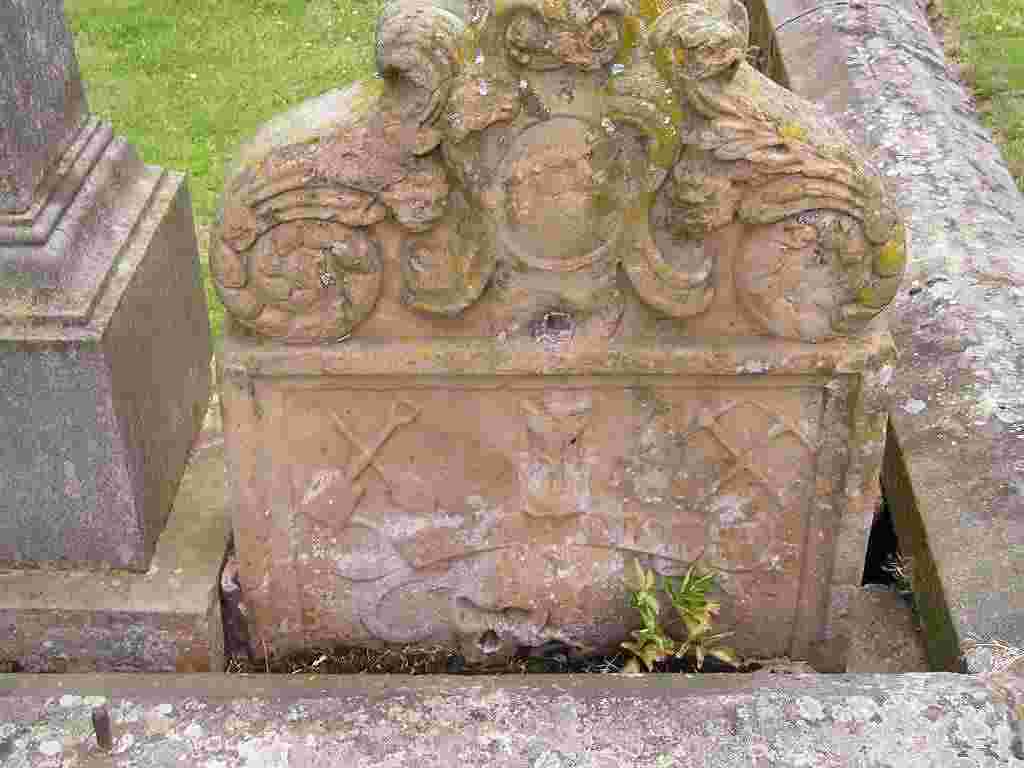
If the reader has been to 'Sound of Music' Country, there is a famous graveyard in Saltsburg, the graves have the working tools of the personís degree, this may also seen in England and Scotland, or alternatively and more commonly the square and compasses:
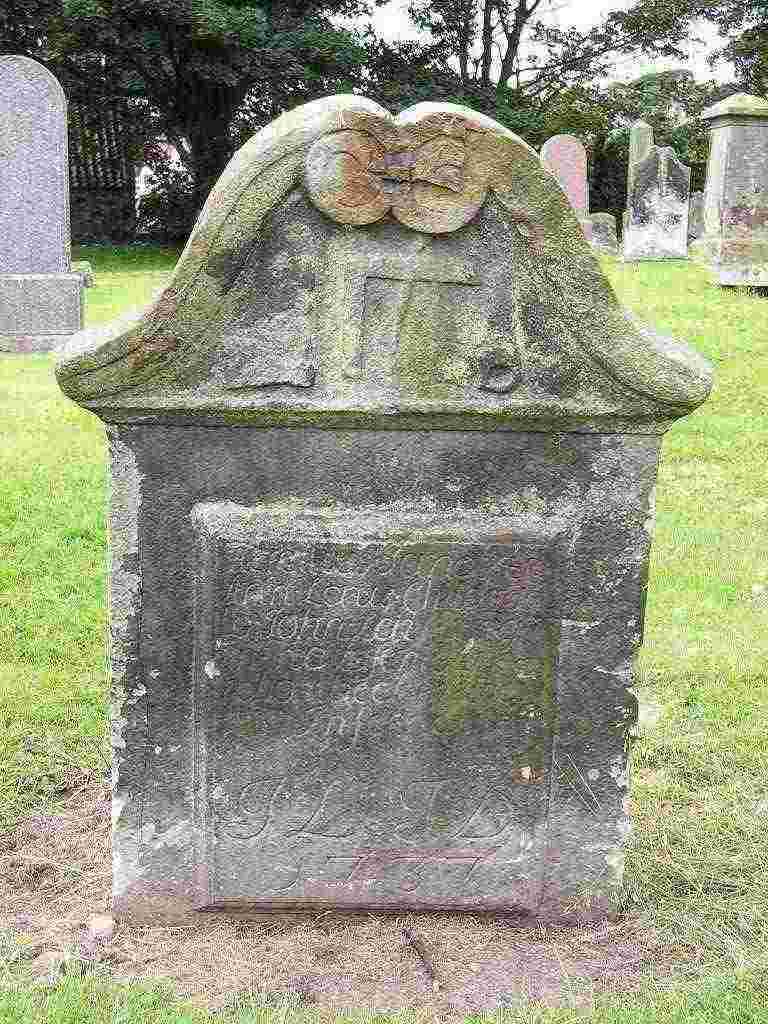
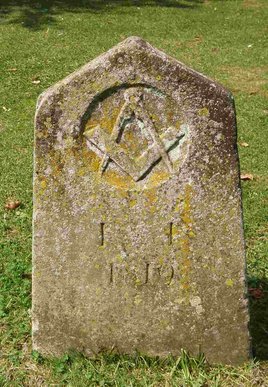
You will note the grave above will presumably be that of a Fellowcraft.

It is now my view that the symbols on these stones simply represent death, the final clincher to me was this last stone:

The K on the stone stands for Katherine, the tomb was that of a woman and certainly not a master Mason, note the other symbols are those commonly representing death.